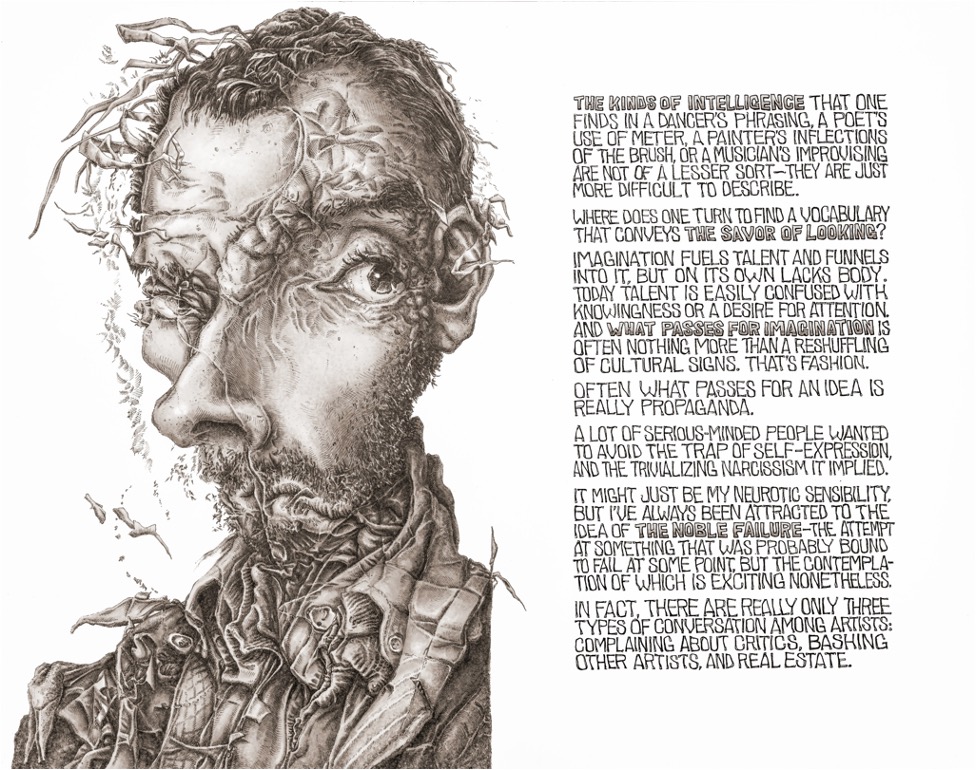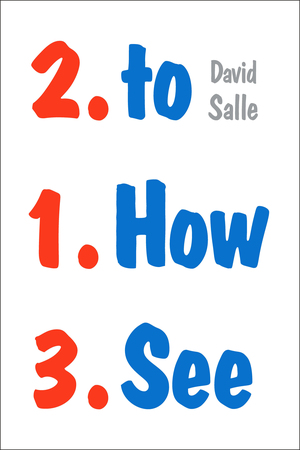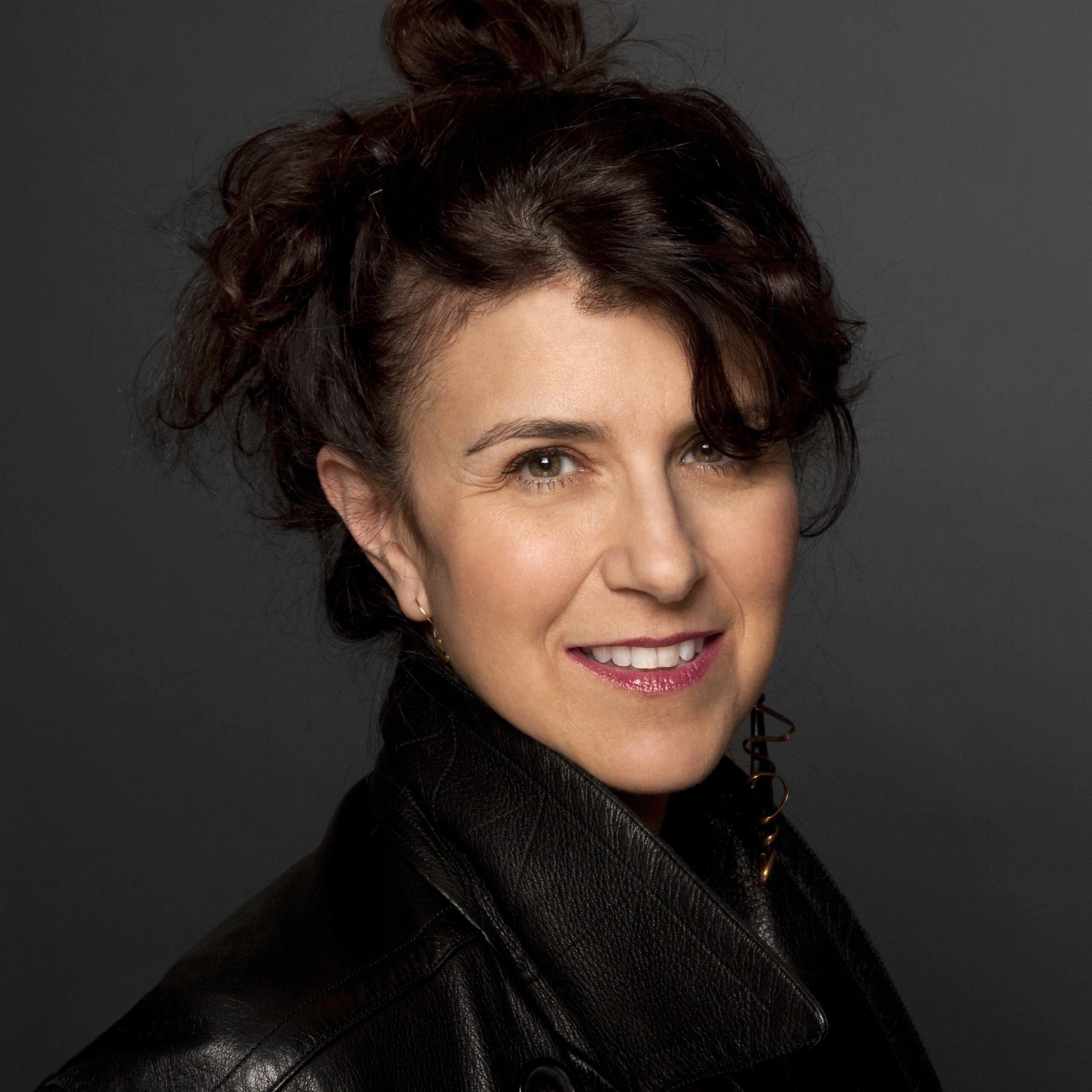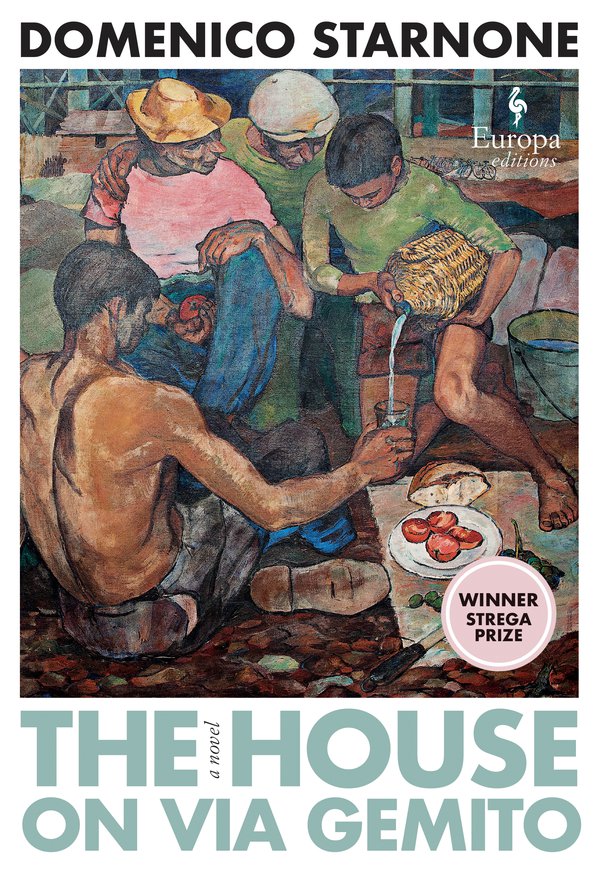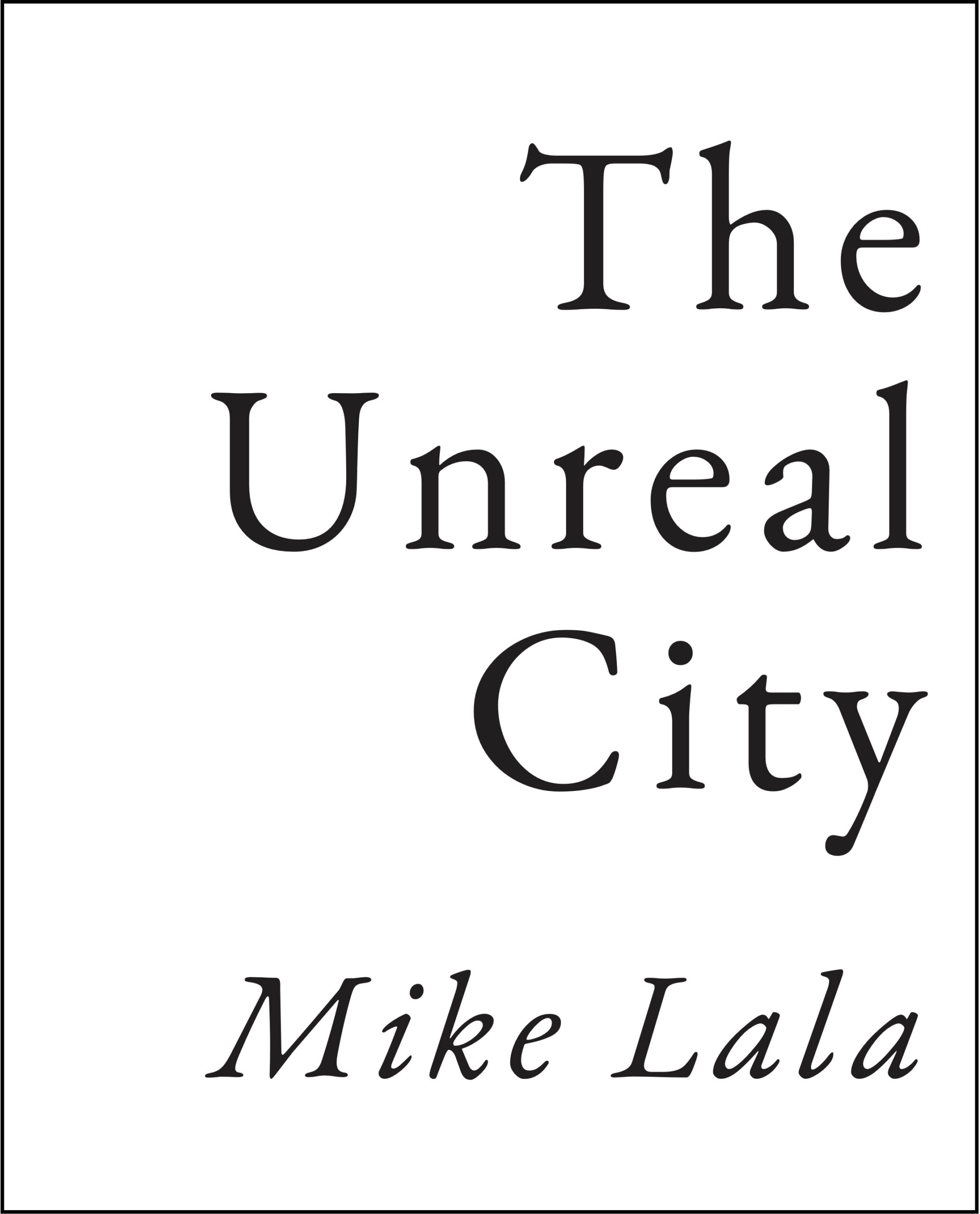by Chris Stroffolino
Martine Bellen has been a quiet force in poetry for over two decades. Her second book, Tales of Murasaki (Sun & Moon Press, 2000), was selected for the National Poetry Series by Rosmarie Waldrop, and acclaimed collections from Copper Canyon and other small presses have followed; in 2015 Spuyten Duyvil released This Amazing Cage of Light: New and Selected Poems. A contributing editor for Conjunctions, Bellen also has composed libretti for three operas, and her poetry has been included in numerous anthologies, most recently in the 2023 volume of The Best American Poetry.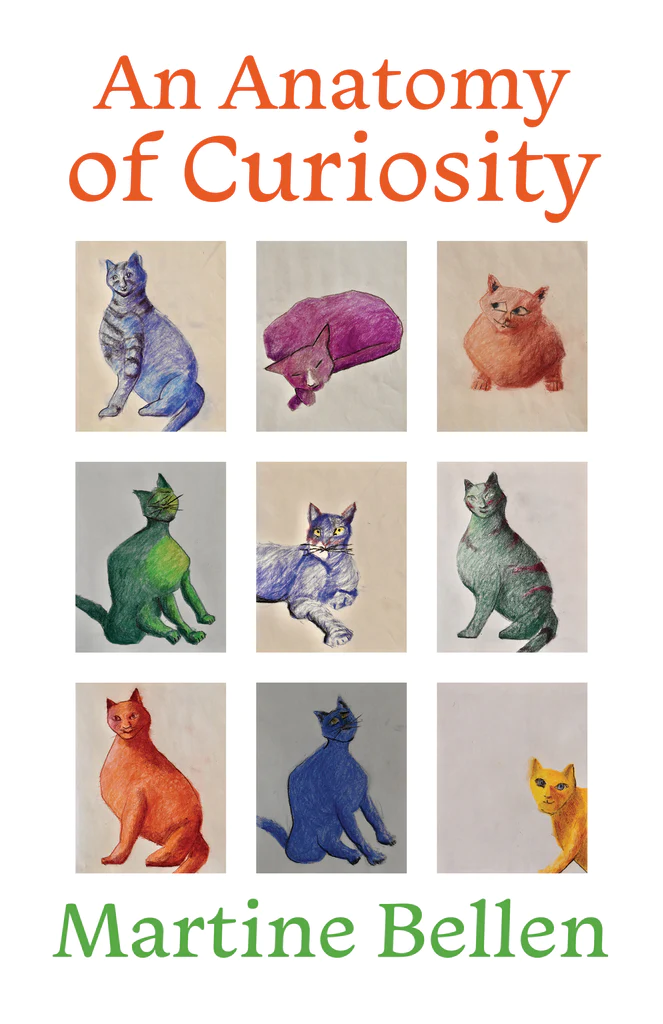
Elizabeth Robinson writes that the poems in Bellen’s latest collection, An Anatomy of Curiosity (MadHat Press, $21.95), “are capable of the most agile swerves, demonstrating that a serious inquiry can sail on music and play, through myth and dream: here are the malleable, chewy realms of metamorphosis.” Fascinated by these agile swerves, I brought some of Bellen’s poems into the creative writing class I teach, and I am grateful to my students for a spirited discussion—some of their insights and questions, in fact, are incorporated into the following interview.
Chris Stroffolino: I want to begin with a comment you made in a recent interview with Indran Amirthanayagam, that you “work more from the surreal than from myth.” I feel the first poem in An Anatomy of Curiosity, “Bad Times at the El Royale,” works through a Hollywood mythology, wending beyond that and crescendoing to a dream sphere:
You and I are in the body bag, sleeping beside
a volcano that vibrates and reaches up us
like a fist through a throat, signaling
to a lifeguard to swim across ages
and currents, through celestial meridians,
toward our swirling sound bridge,
beautiful mind, plenary weave, a coat of every note.
While the sinuous flowing music is transporting, I am also struck by the peril, and I wonder if the prayer to the lifeguard is answered. Do you want to say anything more about myth and surrealism in this poem, or elsewhere in your work?
Martine Bellen: A number of things drew me to the movie Bad Times at the El Royale. In it, nothing is what it seems and no one is who they say they are, so some of the poem is about washing away who we pretend to be or think we are. Because of this, detergents and washing machines play a part, though as you suggest, the last section of the poem turns menacing and violent—the soundtrack switches. This happens to me often in dreams; suddenly, the scene pivots and I’m alone and have lost my ability to speak. So in An Anatomy of Curiosity, the loss of voice that can happen when you’re in danger and can’t call out for help is a strand woven into the design. One can have the experience of being unable to reach the bridge between self and others.
What I meant in the conversation with Indran is that myths, being ancient, shared belief systems, have bridges and gates, and my poems roam the mythic landscape while quilting (in the surrealist sense of juxtaposition) “our swirling sound bridge, / beautiful mind, plenary weave, a coat of every note.”
CS: As I reread the poem in light of your response, I notice “bridges” can be a noun (common and proper, since Jeff Bridges is in the film) and a verb, and I feel the gated community of Bill Gates as well—your imagining’s sudsy synesthesia indeed washes the language. I also love that you bring your Zen Buddhist practice into this capacious trans-denominational quilting while you roam; the rhythmic alliterative flow of variations on the word “prayer” in “Deafening Prayer” is an especially joyful example. How did this come about?
MB: I started “Deafening Prayer” around Election Day, when a radio announcer said that voting is praying. I hadn’t thought of voting that way before, but it’s so true: We send out a petition for who we wish will win the race in the same way we pray for anything we want. Then I asked myself, What isn’t praying?—I realized that everything is a prayer. From there, a fragmented inverted list poem commenced.
Also, since you mention both Bill Gates and Buddhism: While working on this book, I was sitting with koans, those riddles/questions in Zen practice that a meditator focuses on (a popular koan is “What is the sound of one hand clapping?”). Koans are used to free one from dualistic thinking, the idea being that the experiential is unimpeded by the limits of language, but when we attempt to describe experience in language, we crash onto dualistic Earth.
Poetry is, I think, a type of language that can detonate dualism. And Zen priests and practitioners have a long history of writing poetry. In fact, anthologies of koans are structured with the koan, a short commentary, and finally a capping poem, which is the experiential insight. Most of the koans I was sitting with when working on An Anatomy of Curiosity are from The Gateless Gate, a collection of forty-eight koans compiled in the 13th century; when meditating, “gates” or barriers are passed through and the meditator moves on to the next one. So throughout An Anatomy of Curiosity, I have included various “gates” (though not Bill)—for instance, in “Myth of the Bluebeard-ed Bluebird” I write, “‘Going up,’ elevator operator chimes as he closes one gate” (remember old-school elevator gates?) and in “Monkey and Spirit Bird Triptych,” “It’s all about where you drop the garden gate” (that’s Miles Davis’s music space). So yes—bridges and gates are the infrastructure of some of the poems, connecting our island delusion.
CS: I do remember those elevators, and I definitely see your gates and bridges working in many ways to pass through barriers of dualistic thinking and create connections. In this light, I’d like to look at “Myth of the Bluebeard-ed Bluebird” with you in more depth:
“Going up,” elevator operator chimes as he closes one gate.
“Going down,” is chanted at the far end of the elevator bank,
the river bank,
banks of earth sloping
from land to sea, from water wake
to streams of sleep
from limbs to fins.
This short stanza brings so much into play: in the first line we sense the confinement of the elevator (symbol of progress, the ego at the wheel?), though the second line feels like a yin to its yang, and taken together with the first can possibly do “koan work”; its passive voice and its contrast of chant with chime suggests to me that “what goes up must come down” but also implies an echoing. Then the next five lines dance away from the confinement of the “banks,” taking on a chthonic (rather than economic) connotation. The language also suggests multi-directional transport, both “up” and “down” stream, as if a “gateless gate,” or at least a wider sense of subjectivity, emerges. The poem continues:
In this myth, you want nothing more
than to land in a fully stocked big-box stationary store,
but the mall is poorly lit, and portals lead to floors
of canopied woods before deforestation and paper mills.
At first, this desiring “you” (inside the elevator that’s become a portal) seems disappointed or anxious, implying perhaps the death of our civilization, but also the loss of time-space coordinates—there’s no stationary place to land—but, in the next stanza, there’s an opening as myths mingle:
Nymphs flaunt their good fortune on escalators to faux fountains,
satyrs squeeze into try-on rooms,
whispering oaks, in maquillage, with roots of skulls and spine.
You cap it off with a shorter-lined lyric that, among other things, has me thinking about “countenance”:
The structure’s columns
mirrored
sartorial
wear
your countenance
bear
the ceiling
conceal the celestial, the cerulean.
To sum up: I wonder if this poem is structured like the koan anthologies you mentioned: koan, commentary, and then the capping “experiential insight.”
MB: Let me backtrack a bit to your reading of the lines
the river bank,
banks of earth sloping
from land to sea, from water wake
to streams of sleep
from limbs to fins.
as multi-directional transport—I love your sense of how the words interconnect and sound. I was also attempting to wake up the positive devolution we can experience as we fall back on our full selves, shelves of selves (folded in The Gap) in which there is nothing lacking and nothing superfluous—from limbs to fins, it’s all there.
Additionally, I’m very fond of your reading of the elevator as portal or time transport to our department store, a shared, common, ridiculous, fairy tale space in which it’s so easy to get lost (and is indeed never stationary). I believe those who design department stores intend for us to lose ourselves—personally, I have a hard time breathing when I’m in one. The poem “Mother Hubbard” also wends its way through a department store. And again, one gets lost.
CS: It’s interesting that both the poems you mentioned that include gates appear in the final section of the book: “Dream-Mares, Glue Traps, and Other Dark Matter.” When reading that title, it’s hard not to think of horses being made into glue as well as bridges becoming walls. What can you tell us about this section of An Anatomy of Curiosity?
MB: The book’s third section includes hauntings and threats. Readers might know a ’60s TV show called Lost in Space in which the family robot, when confronted with potential peril, would call out “Danger, Will Robinson!” The poems in “Dream-Mares, Glue Traps, and Other Dark Matter” don’t all have present dangers, but there is always something lurking—and yes, in these poems, horse glue might mucilage the broken lines. For example, in “Monkey and Spirit Bird Triptych,” spry spirit birds turn rogue and “suck out Monkey’s lifesaver hole”; in “Confession,” poetry itself devolves into protolanguage, and in the absence of language, transforms into a kiss—though the kiss is the one that revives Psyche.
CS: What you call “positive devolution” abounds in “Confession,” a virtuoso seven-page meta-poem in which I find, to borrow another of your phrases, “nothing lacking and nothing superfluous.” I’m especially amazed by its shape and narrative structure as it wends its way from crisis to quest to crisis to prayer to an encounter with the goddess Nyx before that “prodigal // Kiss.” Can you say anything more about the structure?
MB: Thanks, I’m so pleased you experienced that poem as tight and full also, as the tone is more conversational than most of my poetry. I tend not to write narrative poems, and not to write short-lined poems that proceed straight down a page, so I was allowing myself to explore a new field when writing this. Although the protagonist of the poem, Poem, is said to be losing it—and maybe in these dark days we’re living through, poetry is thought to have lost it—its breath is sustained, and even after the kiss, the breath doesn’t end with a period (nor does the poem). The short enjambed lines are an homage to sustained breath.
CS: I love the way you harmonize narrative and lyric impulses. On one hand, the reader gets empathetically involved with the drama of the inadequate, lost poem—searching for subject matter to give it direction so it can become a sacrificial victim in Nyx’s ritual—it’s a fructifying meta-myth with suspense and foreshadowing. On the other hand, the sustained breath of the short lines from the beginning (even in polysyllabic phrases like, “a born zigzagger, / topographically agnostic”) belies the narrative, or presages it dying into the lyric now.
MB: The lyric impulse, which is the final skeletal thread, definitely outlives the narrative one. Close to the end of the poem, as you note, everything devolves. To signal the loss of the narrative, there’s a quick sketch of the Canova sculpture Psyche Revived by Cupid’s Kiss—which my husband, James Graham, kindly drew—that’s referenced in the poem.
CS: This is a brilliant and beautiful collaboration with your husband. In his sketch of the sculpture, Cupid’s face and body do not seem to be as defined as Psyche’s, which seems more muscular and active in the moment of embrace, but his wings evoke pillars of rope. Earlier in the poem, you had introduced the sculpture as a “wingéd marble man / revealed before a beauty / spiked into deathlike sleep.” At first, I had no idea this “beauty” was meant to be Psyche. Is the sketch meant to enhance the verbal description of the sculpture?
MB: I refer to Psyche as “beauty” since Psyche’s troubles arise because of her beauty. It’s great you see Psyche as active, as she is a journeyer in all her states; nevertheless, at this very moment Canova captures, Psyche is frozen because her curiosity, her inability to resist temptation, has gotten the best of her, yet again. The word “spiked” suspends the action as the last line of the stanza—that word is especially nuanced, waiting for viewers, listeners, readers to awaken and endow animation on Psyche, for Poem is nothing without its audience.
CS: Yes, there’s so much in these three lines, even the connotations of “spiked” from drunkenness to drug needles to violence—it’s as if, in order to revive Psyche, James’s sketch is killing the personified poem (or at least its narrative).
MB: Killing or freeing. When we’re freed from our stories, Psyche is finally immortal.
Once the poem lets loose its narrative, it begins to wind down, the wind and breath set free:
in the poem
in the palace
with its storehouse
of candelabras
and crystal vases
is where all our pictures and sounds are stockpiled, from our lifetimes and perhaps also the karma of our ancestors and relatives, and even miscellanea from the gothic castle/landscape of Coleridge’s “Christabel.”
CS: Gothic, yes, as Nyx provides the necessary atmosphere, amniotic fluid for this poem in which miscellanea can become:
giant tigresses
romping through
narrow
atriums
into a ventricle of the heart
Although Psyche and Cupid are not as foregrounded in “Confession” as Nyx is, but more in the wings (as it were), they take center stage in the following poem, “An Anatomy of Curiosity.”
MB: The story of Cupid and Psyche is one I have been drawn to from a young age, and with “Confession” and “An Anatomy of Curiosity,” I wanted to get inside the pleasure of that story. I loved the intimacy of Robert Duncan’s writing on Cupid and Psyche in The H.D. Book and, like him, I wanted to extend my experience with it. I’ve always thought of it as a hybrid fairytale/myth, but I’m not sure where or how I first heard the story; it was first written down by Apuleius in The Golden Ass, but I surely didn’t read that rendition until college. What caught me is how Psyche is reminded to repress her curiosity, and when she doesn’t, the story gets especially exciting: she spills wax on her beautiful lover, flies too close to the sun.
CS: I love the way you introduce the myth in Chapter One of “An Anatomy of Curiosity,” while Chapter Two brings into play a more modern myth, as Psyche becomes an object of the sublimated curiosity of “scientific analysis.” The contrast between narrative and sustained breath you noted in “Confession” is similar to that of the figures of the Detective and Psychic here, as you move beyond antithesis to a syncretic joining of the discourse of Freudian “drives” with mythopoesis: “Hemispheres of land beneath a surface of chaos, Chronos.”
MB: The dualities we discussed earlier are echoed in “An Anatomy of Curiosity.” In Chapter Two, the deducing Detective (and don’t forget Oedipus Rex, which inspired Freud, is maybe our first detective story, or at least an early one) and Psyche/Psychic/Soul are dichotomous spirits in that mysterious “black box of the brain,” and we know Psyche and Pandora couldn’t resist boxes.
CS: And in Chapter Seven, as “questions arise from the stem of the body” and Psyche lights the candle that scares Desire away, language becomes as musical as the unheard music it’s ostensibly about:
Think of a dream seamstress, a songster, a siren,
A shore breeze with wavy tresses
Bowling out the beaks of pipers,
The hollow low notes that dip on the concave clavicle,
Wending viola strings.
Think of a pattern cutter, a dreamstress,
Tree witness and earlobe globes
Nothing permitted, permanent
The writhen octopus
Or octave written in wind.
Meanwhile, I wonder about the connotations, the tone, of “Nothing permitted, permanent.” At first, I feel sadness and despair here, but then I sense a double meaning of “nothing” as a presence, as if the voice is not merely lamenting but also signaling and singing the immortality of Psyche, or at least celebrating music freed from the page, even if it’s transient and unpermitted—the sublime gospel of the blues. It also recalls the first line of the book: “I left my permission slip in a past.” Forever changes, permission slips (as if it’s revealed to be merely administrative). Was this Da Capo movement intentional when considering the structure of the book? Can the book’s last line, “Off an eyeblink in a flame wink” be a koan?
MB: Those words “Off an eyeblink in a flame wink” appear at the end of the book’s final poem, which is printed in German (I wrote the poem in English and Hans Jürgen Balmes translated it into German). So if one were dreaming through this life and this book, and this dream is in a language which one sometimes understands and sometimes doesn’t, and one hears/reads Flamme winkt der Luft and then in a flame wink, one might find oneself suspended between language, in the marvelous still, in the pause of poetry.
